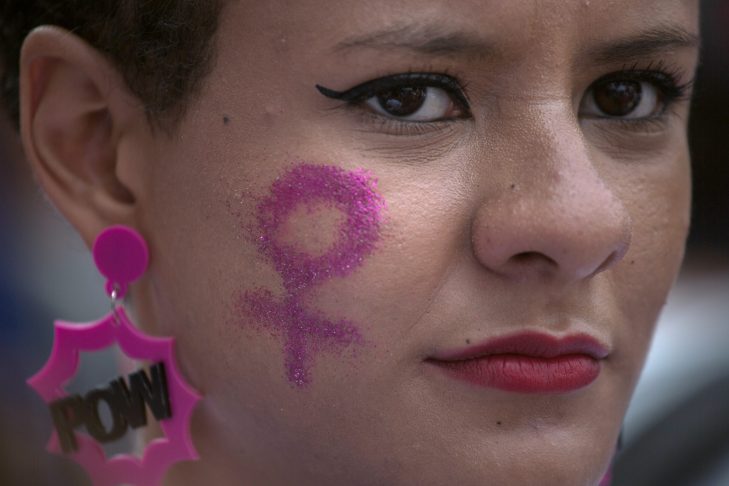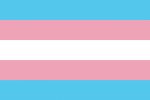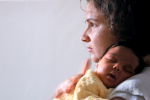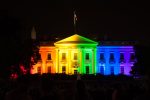Over the years, the Passover story has evolved from a story just about Moses and Aaron to include their female counterparts. We set aside a cup of water for Miriam, celebrate Shifrah and Puah for their act of bravery and comment on Pharaoh’s daughter’s defiant move. As we commemorate the leadership of matriarchs in the Exodus story, the questions about our contemporary relationship to women’s rights and liberation come to the fore. These questions contemplate how our future can be more equitable and just for all women.
What is a feminist?
We’ve heard the word before. Feminist. But the meaning of the word seems…controversial. Is a feminist someone who hates men? To be a feminist, do you have to burn your bra and not shave your armpits? Is Lena Dunham really a feminist?
Simply put, being a feminist means you believe in the social, political and economic equality of women. So why is it such a dirty word? What makes this such a “hot topic”?
Ask around the table: What does it mean to you to be a feminist? Do you identify as a feminist? Why or why not?
Why is it essential that feminism be intersectional?
The term “intersectional,” coined by scholar and activist Kimberlé Crenshaw, is the idea that multiple identities intersect to create a whole; in order to fully understand someone’s identity, we must think of each separate identity as linked to all the others. As an example, a white Jewish woman is all three parts of her identity; she cannot simply separate her race, religion and gender when these identities intersect and interplay with one another constantly.
So why is this important in relation to feminism? Because if our concept of equality doesn’t include the liberation of women of color, queer women, disabled women, then what are we fighting for? If we don’t name these identities explicitly in our struggle, we leave out the essential experience and strength they bring.
Do you think your feminism is intersectional? Do you think it’s important that feminism be intersectional? Have you thought about intersectional feminism before?
How can we better include trans women in our fight for gender equality?
Speaking of intersectionality, as trans issues have come into the media spotlight over the past few years, it’s essential we think about how we can improve our inclusion of trans women in feminism. When we consider the wage gap, are we talking about anyone besides white cisgender (i.e. non-transgender) women? When we fight for health care, are we accounting for the needs of trans women within that system? When we talk about reproductive justice, do we conflate being a woman with having a uterus? Do our women’s events have space for trans women to feel comfortable using the restroom? Jewish women’s spaces often center on bat mitzvah or Rosh Chodesh; can we expand these rituals and events to meaningfully include trans women?
How do you think we can better include trans women in our fight for gender justice? And beyond the fight for women’s rights, how is your Jewish community inclusive of the trans community?
What are some concrete ways we can fight for gender equality?
It’s easy to be theoretical when we talk about the struggle for justice. While it’s great to use our brains and hearts sometimes, we must use our hands as well. Not every act of rebellion needs to be a huge march or protest. Not everyone can call or march, not everyone can strike or boycott, not everyone is safe enough to speak up; however, everyone can take some action.
Go around the table and share one way you will fight against the patriarchy this year. Make a public commitment to those at your seder table and tell everyone about how you can make a difference.
With gratitude and love to Gracie Bulleit, Annie Kee, Andrea Krakovsky, Jordyn Rozensky and Joanna Ware for their input and help.
This post has been contributed by a third party. The opinions, facts and any media content are presented solely by the author, and JewishBoston assumes no responsibility for them. Want to add your voice to the conversation? Publish your own post here. MORE





























